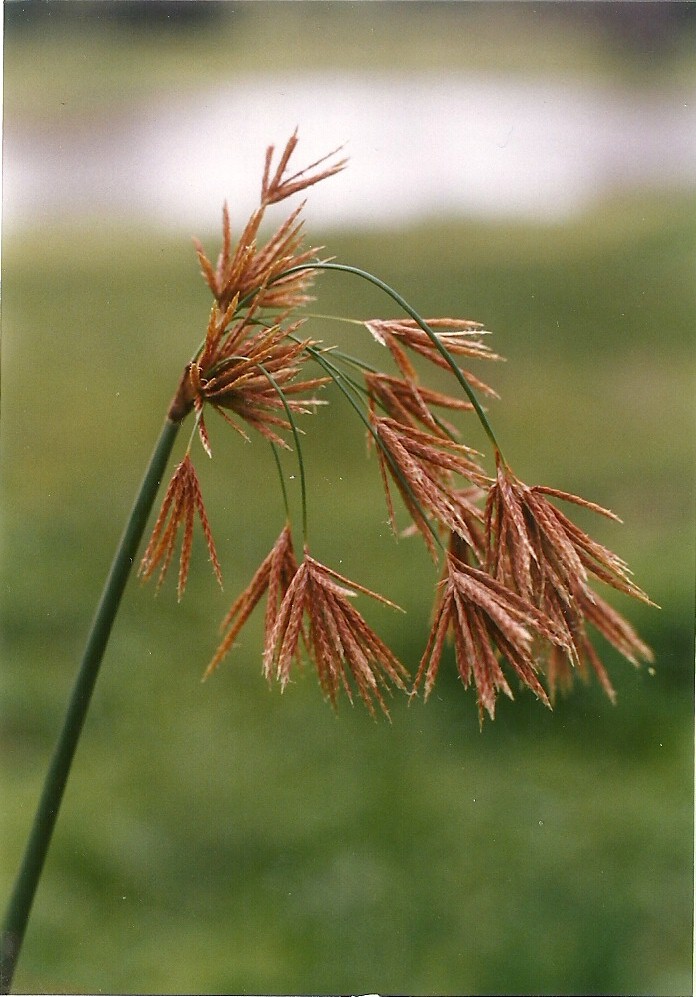Cyperus articulatus seed
Cyperus articulatus – Uses and Benefits
Cyperus articulatus, commonly known as jointed flatsedge, priprioca (in Brazil), or attractylis (in some herbal contexts), is a plant in the Cyperaceae (sedge) family. It grows in tropical and subtropical regions worldwide, often near rivers, wetlands, and swampy areas.
This plant is highly regarded in traditional medicine, perfumery, and spiritual practices in Africa, South America, and Asia.
1. Traditional Medicinal Uses
In many cultures, particularly in Africa, South America, and the Caribbean, Cyperus articulatus has long been used as a medicinal plant:
Common traditional uses include:
-
Sedative and calming effects
Used to treat anxiety, stress, and insomnia. -
Pain relief and anti-inflammatory
Used for headaches, joint pain, and body aches. -
Stomach and digestive issues
Helps treat indigestion, stomach cramps, and diarrhea. -
Anticonvulsant
Used in traditional medicine to treat epilepsy and seizures. -
Antimalarial properties
Used as part of herbal remedies to manage fevers and malaria in some regions.
These uses are based on ethnobotanical knowledge. Clinical validation is still limited, but some studies support its anticonvulsant, anti-inflammatory, and antioxidant properties.
2. Essential Oil and Cosmetic Uses
-
The rhizomes (roots) produce a fragrant essential oil called priprioca oil, mainly used in Brazilian perfumery and cosmetics.
-
Scent profile: Earthy, woody, spicy, slightly sweet – used in perfumes, soaps, and body care products.
-
Also used for insect-repellent and aromatherapy purposes.
3. Spiritual and Ritual Use
In Afro-Brazilian and Caribbean spiritual practices, such as Candomblé, Santería, and Obeah, the plant is:
-
Burned or brewed as part of cleansing and protection rituals
-
Used in baths and incense to ward off negative energy
-
Believed to enhance mental clarity and spiritual balance
4. Ecological Role
-
Grows in wetlands and riverbanks, helping to stabilize soil and prevent erosion.
-
Serves as part of the biodiversity of aquatic ecosystems, supporting insects and small animals.
5. Summary Table
| Category | Use / Effect |
|---|---|
| Traditional Medicine | Sedative, digestive aid, pain reliever, anticonvulsant |
| Essential Oil | Used in perfumery (priprioca), earthy/spicy scent |
| Spiritual Use | Used in cleansing rituals, protective baths, incense |
| Ecological Role | Wetland stabilizer, part of aquatic ecosystem biodiversity |

